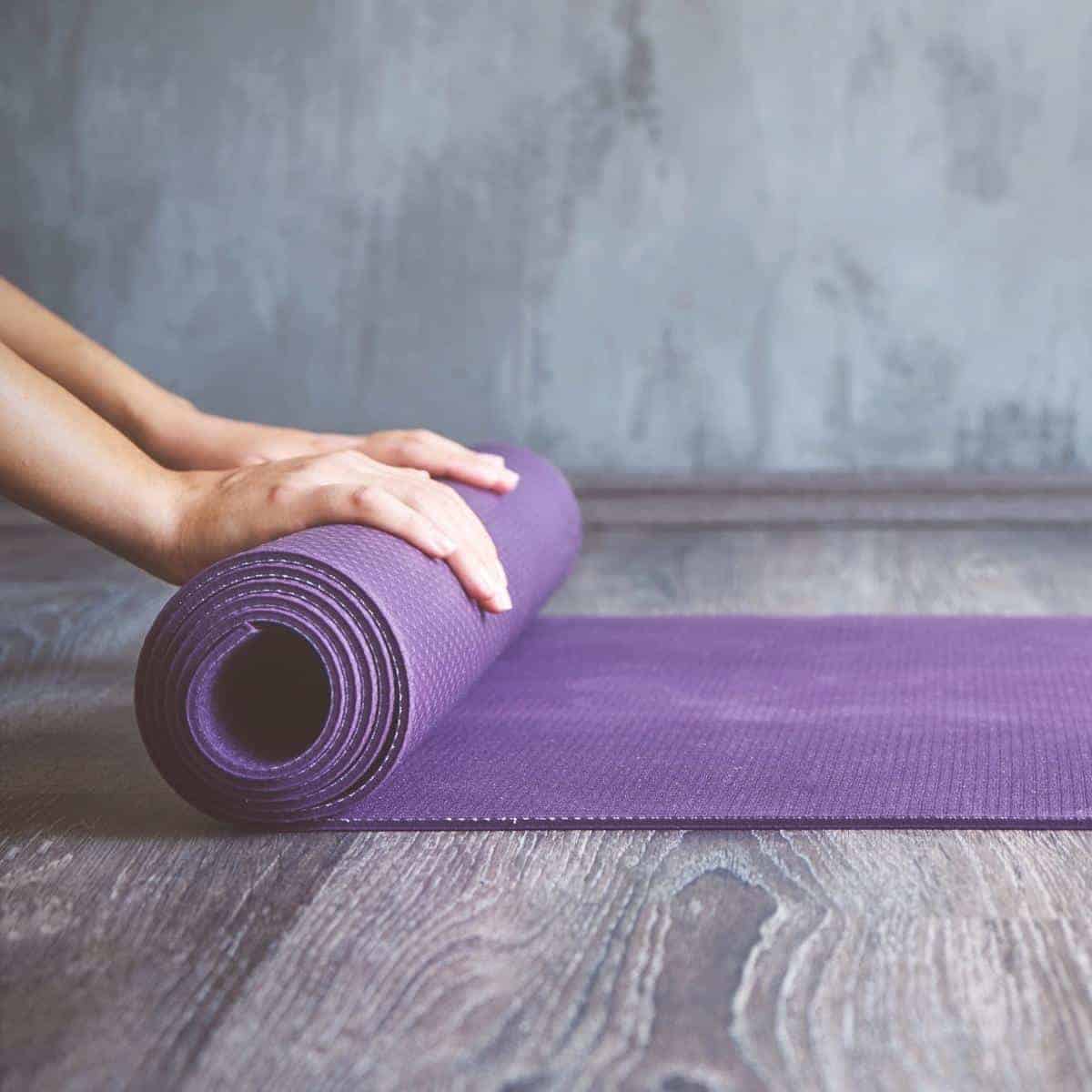7 Tips on How to Protect Your Hands and Wrists While Doing Yoga
This is a collaborative post.
Yoga is a great workout, with its wide range of poses that cover various intensities of physical activity. However, some sequences or poses, like handstands and planks, can put some extra strain on your hands and wrists. If you do them incorrectly, you may end up developing conditions like chronic pain or even carpal tunnel syndrome.
Fortunately, it’s usually easy to find a specialist to help such as the hand doctor Singapore’s yogi and yoginis trust to treat and care for your hands and wrists. Still, it’s better if you can avoid injuries in the first place so that you can continue doing your workouts without worry. Here are some tips you can follow:

Start With a Warm Up
Whether you prefer doing yoga or other types of exercises, you’ll enjoy plenty of benefits if you warm up first. For one, it increases the blood flow to your muscles so that you can perform more strenuous poses or routines more easily. This also improves your flexibility, which is important in doing more advanced yoga poses. Finally, warming up helps loosen up your joints and prepares your muscles for stress, which won’t feel too tired after your workout.
Some great warm-up exercises include marching on the spot, shoulder rolls, knee lifts and knee bends, as well as squats. You can also do side shuffles, leg swings, walking jacks, and butt kicks. Start slow for the first 5 minutes, then slowly ramp up until you complete a 10- to 15-minute warm-up.
Press Down With Your Fingers and Spread Them
A lot of yoga positions require you to put your hands flat on the floor. It seems simple enough, but you might actually be doing it wrong. The best way to avoid any undue stress on your fingers, palms, and wrists is to spread your fingers and press down all the way. Imagine gripping the floor, but without bending your fingers. Doing this distributes your weight onto your hands, which minimises the weight that your wrists have to bear.
Note that you may end up exerting too much pressure during the first few times you do this. You also have to get used to changing your grip depending on the way you move. If you find it hard getting used to this position, make adjustments as you go along and keep practising to find the right balance.
Use Wrist Support Pads or Rolls
Have you seen those mouse pads with a wrist cushion or perhaps keyboards with padded wrist rests? There’s actually a similar product for yoga. The names vary, of course, but they’re essentially foam rolls or wedges where you can rest your wrists. These products can help take pressure off your wrists, preventing strain and involving your entire hand when you move.
Make sure to use two supports even if you only need it for one wrist. This ensures symmetry and that your other wrist doesn’t get injured.
Let Your Knees Bear Your Weight
There are plenty of poses in yoga that put a lot of your weight onto your hands and wrists by virtue of the position alone. However, you can always compensate by bending your knees a little and letting them bear some of your weight. This relieves some pressure off your hands and wrists, as well as allows you to shift your weight much easier.
That said, if you find yourself relying on your hands and wrists too much to maintain a certain yoga position, consider developing your core. With ample core strength, you’ll be able to support your weight with ease.
Mind Your Shoulders
When you’re putting weight on your hands, you need to pull your shoulders back rather than rounding them forward. By keeping your shoulders away from your head, you’ll be making your upper back more stable. It will also provide better support for your upper spine and help you breathe easier in such a position. Most importantly, the correct shoulder position will prevent your wrists and hands from bearing too much weight.
Use a Thinner Yoga Mat
Having a soft yoga mat can come in handy when you need to hold a kneeling position. It’s also great to have a comfortable surface to lie on when you’re exhausted and need to take a breath after a vigorous session. However, a soft surface is bad for your wrists and hands because it offers less support.
If you’re not comfortable with doing yoga on a bare floor, get a thinner yoga mat than what you’re used to. Either way, having a slightly firmer surface to practise your poses on will encourage you to focus more on correct body alignment.
Take Things One Step at a Time
Last but certainly not least, take your time when doing yoga. It’s not a competition about who can perform and hold the most complicated moves. If you’re feeling pain or any sort of discomfort while doing a move, stop. Analyse the conditions that led to the situation so you can address them.
Ultimately, the most important thing in yoga is consistency. With enough dedication and practice, pretty soon, you’ll be able to do those challenging poses.
Namaste!


